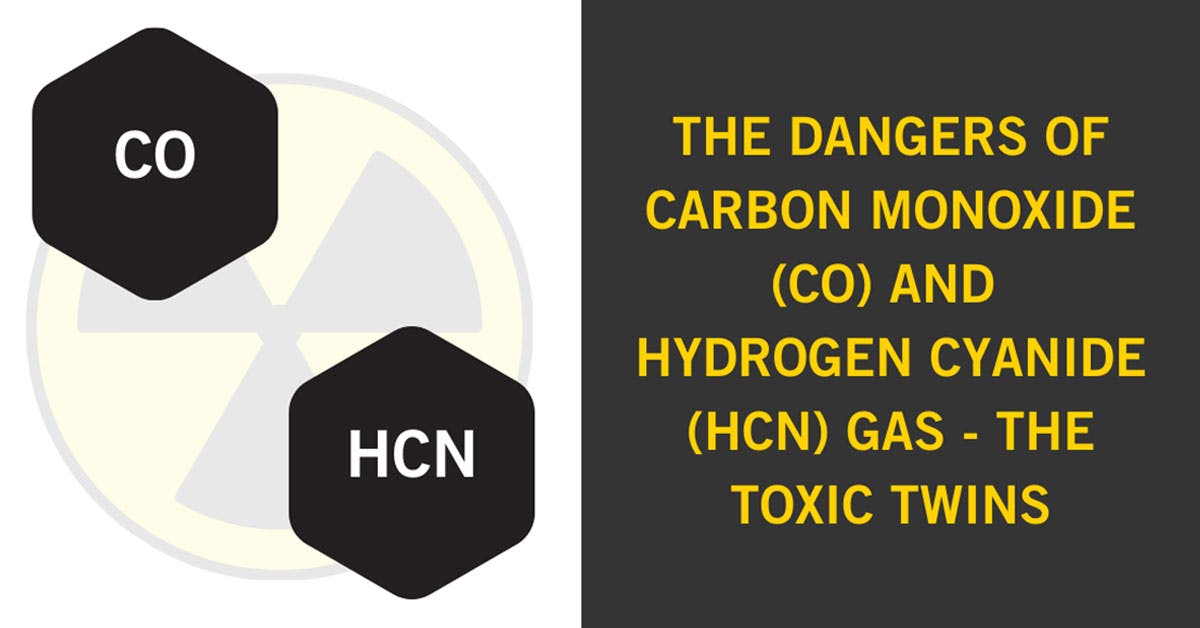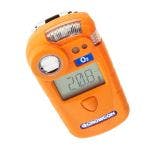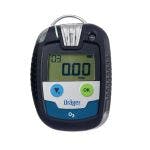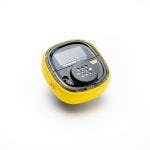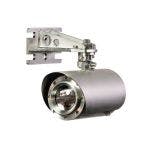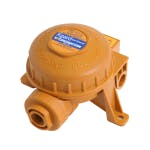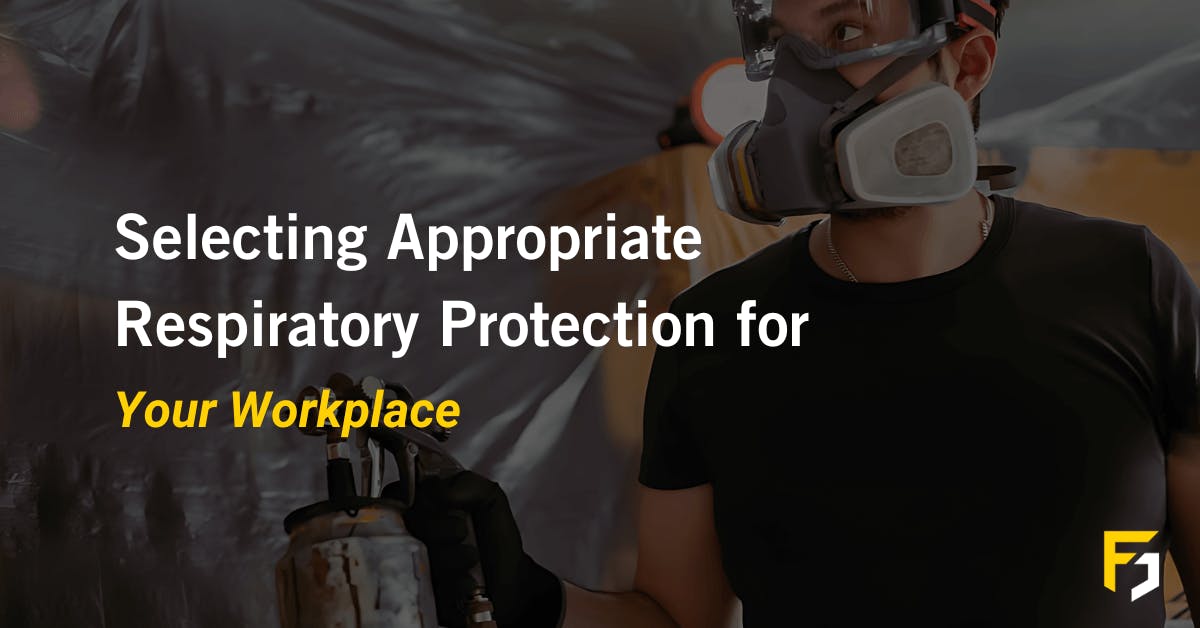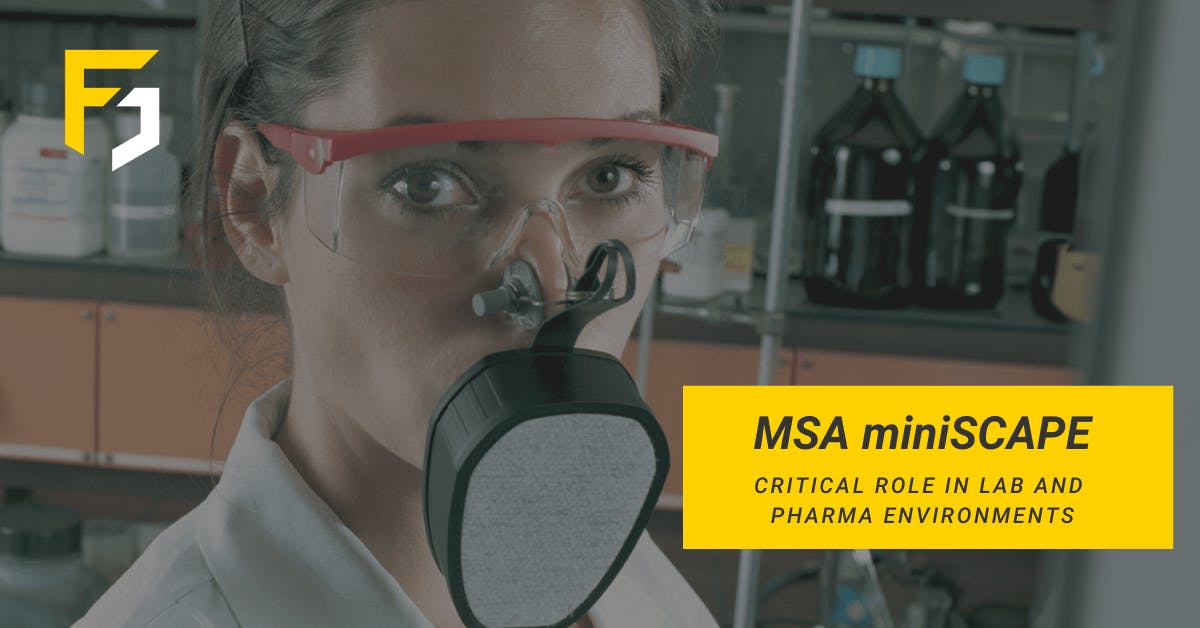
Ammonia Gas – What do I Need to Know
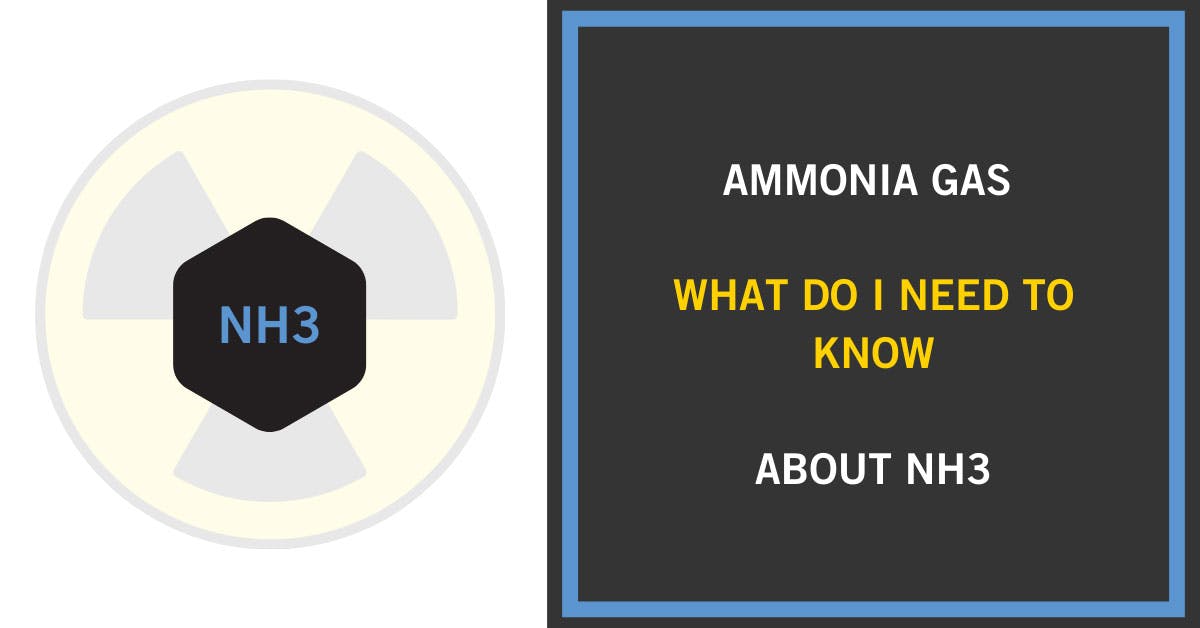
In this 'Facts About Gas' article, we will take a look at Ammonia (NH3), breaking down some key points about the dangers of Ammonia and how it is used in a work setting.
What is Ammonia Gas?
Ammonia (NH3) is a colourless gas, that consists of Nitrogen and Hydrogen. It has a strong pungent odour often compared to cleaning products. Ammonia is part of the nitrogen cycle and is produced in soil from bacterial processes.
5 Key Facts and Hazards of Ammonia (NH3)
1. It’s also produced naturally from decomposition of organic matter, including plants, animals and animal wastes
2. The Time-Weighted Average (TWA) Permissible Exposure Limit in the UK is 25ppm or 18mg/m3 and the Short-term Exposure Limit (STEL) is 35ppm or 25mg/m3.
3. Ammonia Gas is lighter than air in dry conditions, however, in wet/humid conditions an ammonia vapour can form - which is heavier than air.
4. It interacts immediately upon contact and can be extremely irritating and corrosive. It can cause burning of the eyes, nose and respiratory tract, possibly leading to lung damage or death.
5. It is not highly flammable, but containers of ammonia may explode when exposed to high heat
How is Ammonia Gas used?
Ammonia is commonly used as a fertiliser but is also used as a refrigerant gas and other applications as listed below.
- Agricultural fertiliser
- Cleaning chemicals
- Explosives
- Mining
- Refrigerant Gas
- Plastic and Fiber Manufacturing
- Pulp and Paper
- Water purification
Detection of Ammonia Gas
Some common challenges of detecting ammonia gas are finding reliable detection in large outdoor areas, the impact of environmental conditions and the costs associated with installation and maintenance. Any site using ammonia in its operations should understand the risks and have procedures in place to deal with such risks. Frontline Safety offers a wide range of gas detection equipment that can meet your requirements. Let’s look at some of the fixed protection we offer.
Fixed Detection
The Crowcon Xgard's are fixed point Exia, Intrinsically Safe gas detectors. It uses poison resistant pellistors for flammable detection and electrochemical sensors to detect a vast range of toxic gases as well as oxygen. Perfect for use in all environments thanks to its flameproof, intrinsically safe and safe area formats.
Secondly, the MSA Senscient ELDS Open Path gas detector. This uses laser-based detection technology to detect leaks faster and over a larger area than point detection. Typically situated around the perimeter of a plant, process/storage area or nearby areas that pose a risk such as compressors, valves and pipe flanges. The Senscient ELDs uses Class 1 eye-safe lasers that penetrate thick fog, rain and snow, working in the harshest conditions.

We offer a wide range of fixed gas detection, but these are a select few from our available options. Visit our fixed gas detection systems page here to see the full range.
Personal Protection
For personal protection, we have a range of single gas detectors for ammonia detection. The Honeywell BW Solo is an easy-to-maintain single gas detector with an IP66/68 Ingress Protection. Additionally, the Drager Pac 8000 is another reusable single gas detector capable of withstanding the toughest conditions. It uses powerful sensors with a quick response time, ensuring gas is detected as quickly as possible.

Again, we offer various single gas detection options but have selected the above as our top choice for ammonia detection. Check our full range of personal single-gas detectors with ammonia sensors here.
Let us know if you any questions about the best gas detection solution for your requirements. Call our expert sales team on 0141 771 7749 or alternatively send your enquiry to [email protected].

